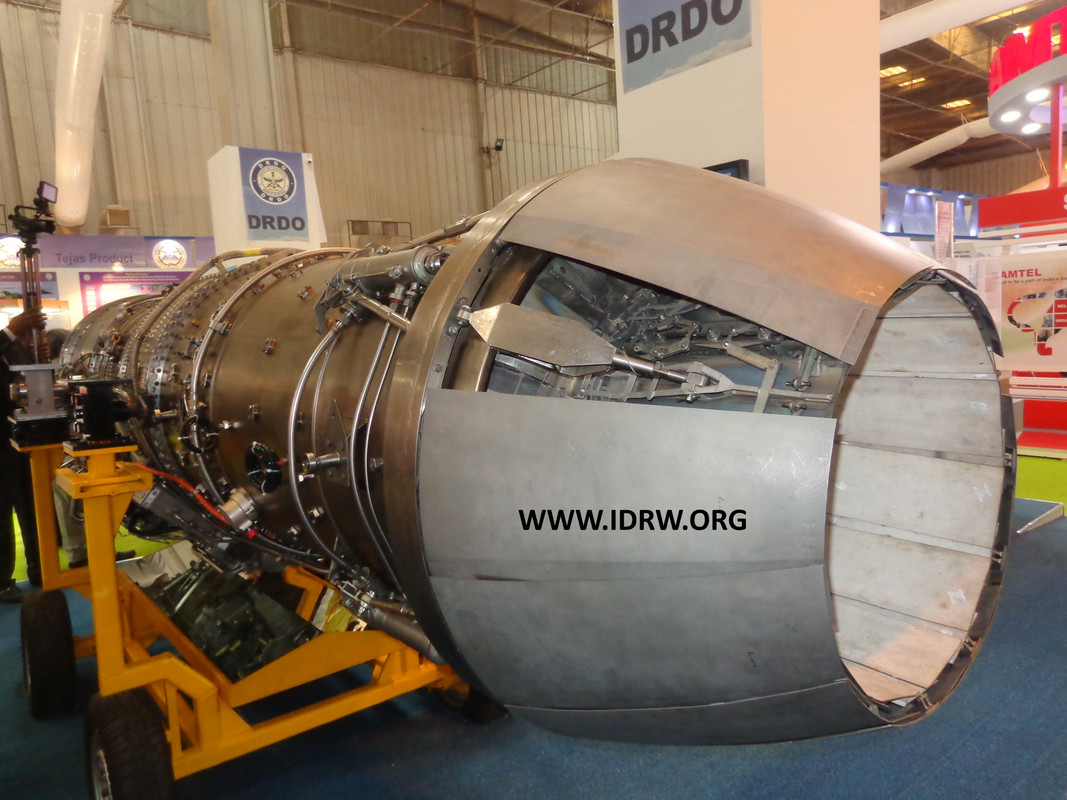SOURCE: RAUNAK KUNDE / NEWS BEAT / IDRW.ORG


India’s Gas Turbine Research Establishment (GTRE) is making significant strides in developing an advanced jet engine that could eventually replace the imported power plants in India’s fighter aircraft fleet. Building on its existing work with the Kaveri engine, GTRE is now focusing on validating the current Dry Kaveri engine with an afterburner to achieve wet thrust performance.
Once validated, the organization plans to secure approval and funding for the development of a new prototype core engine, often referred to as “Kaveri 2.” This engine is expected to meet the needs of India’s combat aircraft, offering a domestic alternative to the U.S.-made F-404 and F-414 engines currently used in the Tejas program.
GTRE’s immediate objective is to validate the Dry Kaveri engine with an afterburner, targeting an initial wet thrust output of 73-75 kN. This is a crucial milestone, as it will enable the Kaveri to demonstrate sufficient power output for use in fighter jets. In the long term, the goal is to push the thrust up to 80 kN, putting it in the range needed to power aircraft like the Tejas Mk1A.
The Kaveri engine program has had a long and challenging development history, but recent advancements have shown promise. The addition of an afterburner will be a critical test for the engine, as it will allow for the generation of the required thrust during combat situations, where increased power is necessary for supersonic flight.
GTRE’s plans for the future are centred on the development of a new prototype core engine, often called “Kaveri 2” in media reports. This new engine core aims to generate between 55 and 58 kN of thrust, which will serve as the foundation for a full-fledged turbofan engine capable of over 90 kN of wet thrust. This would place the Kaveri 2 engine’s performance between the U.S.-made F-404 (84 kN) and F-414 (98 kN) engines, both of which are currently used to power the Tejas Mk1A and MkII fighter jets.
The Kaveri 2 engine core will be a significant leap over the original Kaveri engine design. By developing a larger, more powerful core, GTRE aims to ensure the engine’s compatibility with India’s next-generation combat aircraft, including future variants of the Tejas and possibly even the Future Unmanned program.
One of the key features of the Kaveri engine is its flat-rated performance, meaning it is designed to maintain consistent power output despite variations in ambient intake temperature and forward speed. This is particularly important in India’s diverse and often challenging climatic conditions. In contrast, the F-414 engine, which powers the Tejas MkII, experiences a reduction in power output in hot and high-altitude conditions, which can impact overall aircraft performance.
If the new Kaveri engine core can deliver on its promise, it could offer a more reliable, performance-consistent alternative to the F-414 in Indian conditions. This would be a significant achievement for India’s indigenous defence capabilities and could reduce the country’s reliance on foreign engine technology.
GTRE is hopeful that once the Kaveri 2 engine core is developed and validated, it could be offered as a replacement for the F-404 engines currently powering the Tejas Mk1A fleet. Typically, fighter aircraft engines require replacement or major overhauls after about 10 years of service. The timeline for Kaveri 2’s development suggests that it could be ready just in time to serve as an indigenous engine replacement for the Tejas Mk1A.
There is also potential for the Kaveri 2 engine to be integrated into the Tejas MkII fleet, which is currently slated to use the more powerful F-414 engine. If the Kaveri 2 engine can match or surpass the performance of the F-414 in Indian conditions, it could become a viable alternative for future Tejas MkII production, furthering India’s goal of self-reliance in defence technology.
According to sources close to idrw.org, GTRE aims to complete the development of the new Kaveri engine by the mid-to-late 2030s. By this time, the engine could be ready to power domestically developed fighter aircraft, including the Tejas Mk1A and potentially the MkII. This timeline aligns with the expected lifecycle of the current Tejas Mk1A fleet, making the Kaveri engine an ideal candidate for engine replacements as the jets enter their second decade of service.
NOTE : Article cannot be reproduced without written permission of idrw.org in any form even for YouTube Videos to avoid Copy right strikes. Websites doing illegal reproductions will get DMCA and Legal Notices.